#apartmentbudget
Simple Timeline
I heard a story this week (it was really a rant) about a broken system. The system existed between a project management team and an accounting team. As I listened (from a third-party removed perspective), it became clear to me that there was a fair amount of pre-work to include simple timelines did not exist.
Timelines
Simple maps that memorialize the steps between inception and conclusion. Simple steps put down on paper that capture the essence of letting out a contract for work to be done and the follow through to completion and payment for that work.
In the absence of a simple timeline you get chaos. You get the finger-pointing. You get he said and she said and they said and we all said – time-sucks. It’s exhausting and it usually involves the highest of pay grades to solve.
Creating an Apartment Project Timeline
1. Budget
2. Bid work (even though you have a budget, do the bid work)
3. Make sure the money is there (remember your apartment community budget was written months ago – in some cases many months ago). If the property is not performing to budget – the project may need to be put on a shelf.
*Item of note – don’t skip #3, it is where 99% of the problems can be traced back to
4. Put together a simple vendor list – who is working on the job, telephone number, lead (accounting contact), roughly what they are to be paid and when
5. Host a project launch meeting (in person if possible, by phone if not). Invite the property manager, maintenance supervisor, every vendor involved and your accountant
6. Give a weekly check-in update (via email or by phone whereby the above team calls in)
7. Wrap it up – tie up the loose ends and deliver the product
8. Host a post-mortem for every project no matter the scope. This is where you create excellence. Set the stage for an unadulterated conversation and tear apart the good the bad and the ugly of the project. Have your simple timeline laying in front of everyone and up on a computer screen for all to see. Have it set in an edit mode and change it (for the good) right there on the spot.
No system is perfect but every system should be evolving at all times.
Your counting on simple timelines all the time multifamily manic,
M
Share this:
Apartment Budgets: Loss to Lease
Welcome back for another installment of the Apartment Budget series. Today we are going to talk about Loss to Lease. Interesting side note, I did a piece on this a number of years ago and to this day it remains the number one read article on this blog.
Before we get started, I wanted to post a note of clarity as it relates to my last entry – Apartment Budgets: Rental Income. Where I refer to Rental Income in that post – I am really talking about Gross Potential Rent as being the top line. You may also hear it referred to as GPR. In any event, I wanted to head off any confusion.
LTL
Now unless you have a brand new community in lease up, you will have in place leases that are very likely below the GPR. The primary reason being rent increases. Any time you increase rents you create a margin between the in place leases and the new increased GPR. This can occur in reverse and the impact to the LTL can go in reverse. That is to suggest that you can decrease the GPR and the margin or LTL becomes positive. Not a scenario you see to often as rents generally rise over time in lieu of decline over time.
Loss to Lease – New Move In
To put it simply; if you lease an apartment below the GPR, the discount is captured in a Loss to Lease – New Move In line item. To put some math to it; if your apartment’s GPR is $500 and you lease it for $450, the $50 reduction in rent is capture in the Loss to Lease – New Move In line item as a -$50 charge. And, it will exist for the life of the lease.
Loss to Lease – Renewals
When leases come up for renewal and they are under the GPR number – the margin is by default in the current Loss to Lease line item. When the lease renews, if it is still under the GPR that new number gets captured in the Loss to Lease – Renewal line item. Putting some math to it. Suppose your apartment’s GPR is $500 and the current in place lease is $450 – you renew it at $475. The $25 margin is captured in Loss to Lease – Renewals.
Total Effective Rent
Once you have accounted for your losses related to in place, new and renewed leases under the current Gross Rent Potential – you come up with a Total Effective Rent. That is where we will pick up next week.
We have purposefully left out the analysis piece this week because I think it will fuel some crazy cool discussion. Hope to see you in the comment section below.
Your – lovin’ budgets – multifamily maniac,
M


